A plan is essential for maintaining a healthy and prosperous garden since it reduces the amount of work involved. It’s essential to have a strategy in place before planting season arrives so that you can get right in. Let’s dive in right now! Below we learn the Illinois vegetable planting calendar, easy vegetables to grow in Illinois, a month-by-month planting guide for Illinois gardens, and planting schedules according to the seasons for Illinois home gardens.
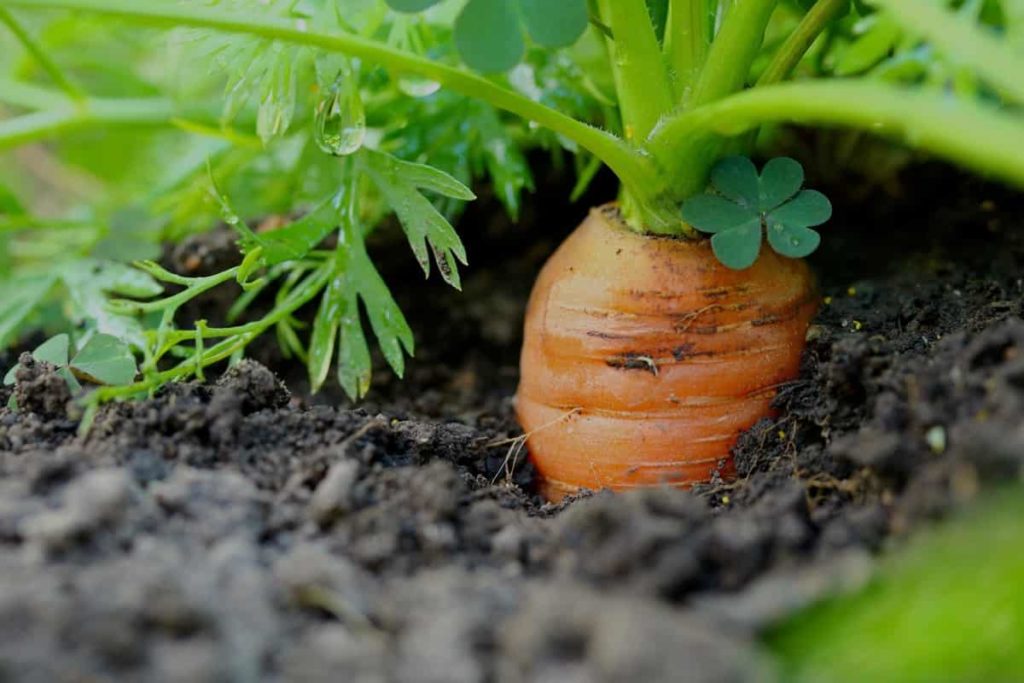
Illinois Vegetable planting calendar/guide (IL)
What can I plant in April in Illinois?
If the weather is suitable, plant seedlings of cool-season vegetables such as asparagus, early potatoes, lettuce, radishes, mustard greens, onions, peas, turnips, cauliflower, rhubarb, spinach, and carrots. Mid-April is the best time to plant mid-season potatoes. To encourage robust root growth, plant strawberry plants and remove the blooms from the first year’s harvest. Later in the month, harden off summer plants in a cold frame or put trays of young transplants outside during the day and bring them inside at night.
If required, dry fruit plants with dormant oil to keep insects at bay. If you had issues with apple scabs on your crabapple or apple trees last year, you should be prepared to begin spraying with an authorized fungicide as soon as the leaf buds expand and open. It would help if you continued to spray until two weeks had passed after the petals fell. The situation will become much worse if it rains. Grow more fruit and berries by fertilizing trees and bushes.
To protect your fruit trees from pests and diseases, start spraying them immediately if you plan on growing them for their fruit. Roses, perennials, and decorative grasses can all survive the winter in your garden. Before you plant bare-root roses, let the roots sit in a water tray for at least a few hours. Before starting to dig, decide on a spot with plenty of sunlight. Perennials that bloom in summer and autumn should be divided when they reach a height of 4 to 6 inches.
It would help if you didn’t split day lilies (in September), Oriental poppies (in July), or irises (in late July) right now. Bulbs that bloom in the spring should be fertilized with a granular 5-10-5 or 10-10-10 mix when fresh green growth appears or after blooming has ended. Dead blooms should be removed, but the foliage should be allowed to wither in its entirety before being thrown out. Older bulbs that have clumped together should be separated and replanted. Transfer to a sunny location and provide plenty of fresh water.
In case you missed it: Idaho Vegetable Planting Calendar/Guide (ID): Month Wise, Fall, Winter, Spring, Summer, Zone 3, Zone 4, Zone 5, Zone 6, and Zone 7
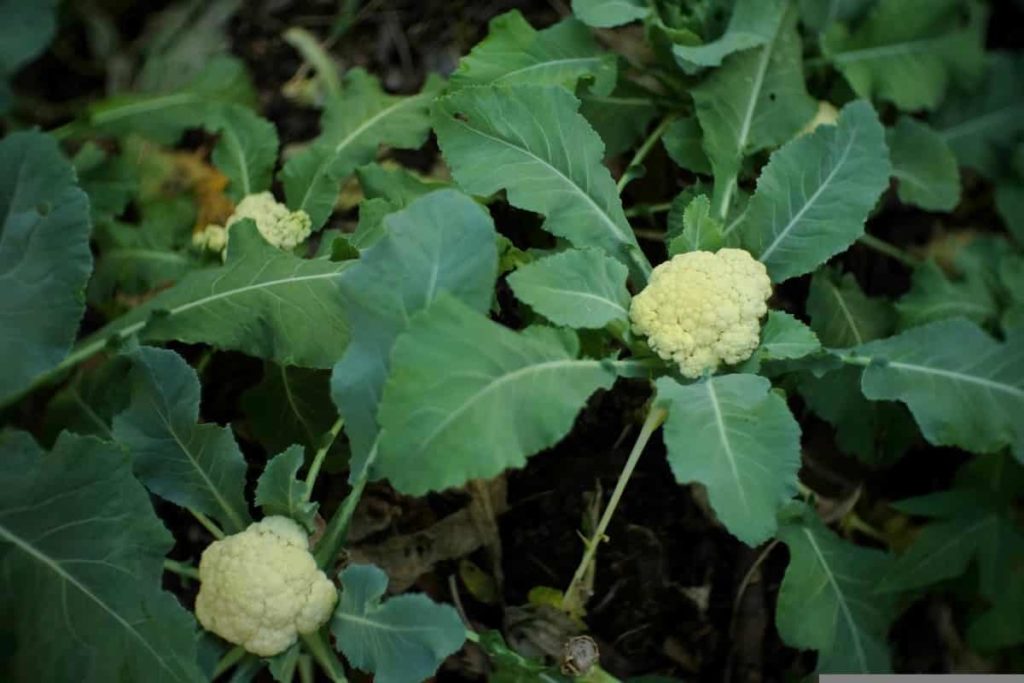
When summer comes around, bulbs are dormant and prefer not to be watered too often. Don’t mix too many annual summer flowers with your perennial bulbs. Peonies need to be hooped or staked after they reach a height of 10 inches to hold the weight of their flowers. Do not water from above. If the fungus doesn’t go away, you could try to move the peony somewhere with more direct sunlight. Transfer your plants in the autumn.
Apply pre-emergent weed control to your lawn as soon as the weather and temperature permit if weeds were an issue last year. You can also try picking weeds by hand or using post-emergence weed control in strategic locations. Multiple treatment applications are often necessary to rid a home of a severe infestation.
When can I plant tomatoes in Illinois?
Tomatoes are a warm-season crop that thrives best in areas with mild winters and summers. In Illinois, they should be planted outside after mid-May. Even then, there is a possibility that you may need to cover the plants; hence, numerous gardeners wait until after Memorial Day to begin planting. There are two main types of tomatoes. Shorter and bushier than typical tomato plants, determinate varieties yield just a single crop.
Unless you have enough room to let them spread, you’ll need to support indeterminate plants since they will keep growing and producing fresh blooms and fruit. Heirloom tomatoes, the old-fashioned types our ancestors planted and which have recently been rediscovered for their flavor and long growing season, are a favorite of many chefs and gardeners.
Tomatoes thrive in well-drained, organically-rich soil that receives full sun for at least eight hours daily. A weekly rainfall of an inch or more is good, but more is needed in very hot or windy climates. Tomatoes are susceptible to several common issues. Still, by laying down a layer of organic mulch (between 2 and 3 inches thick), water can be preserved, and the soil can remain uniformly wet.
When should you plant vegetable seeds in Illinois?
In most circumstances, the optimal time to plant seeds is roughly six weeks before the latest frost date. That usually occurs between May 21 and May 31 in Bloomingdale and Carpentersville. Use this as a general guideline, but pay attention to the instructions on your seed packs to get a more precise idea of when to begin planting! First, fill the tray with water until the individual cells’ soil is moist but not soaked. Water the soil gradually till it becomes wet but not muddy.
The second step is to put the seeds in each cell at the depth specified on the seed package. Considering that some seeds won’t germinate and some seedlings won’t develop to full strength, it’s best to plant a small number in each cell. Later on, you can “weed down” the weak seedlings. It’s essential to give your cells names. The process of beginning seeds might take a while, and it’s easy to confuse which seeds went into which containers.
Young plants can easily be lost if you don’t label them. Keep an eye on the tray over the following several days to see if anything has changed. Maintain a normal moisture level in the soil and keep the plastic covering in place as much as possible, but watch for mold. The plastic can be safely discarded after the cotyledons, the seeds’ first set of “false leaves,” has emerged.
When can I plant herbs outside in Illinois?
Even though it’s too early to grow outdoors in Illinois in February, indoor herb gardens can start this month. To spice up your yard this year, try planting some annual herbs. Herbs like basil, dill, cilantro, and parsley are all great options. One packet of seeds can survive all spring if you plant only a few at a time inside.
Plants that need warmer temperatures, such as basil and cilantro, can be placed in the ground and grown outside in Illinois after the last spring frost date, typically around May 15. For the time being, herbs can be grown on a south- or west-facing windowsill or under a kitchen cabinet equipped with an LED or other kind of light bulb. Plants are grown inside fare best with at least 10 hours of sunshine daily. By cutting off the plant’s top leaves and stems, you can keep it compact and encourage its growth.
In case you missed it: How to Start Tomato Farming in Africa: Production Guide for South Africa, Egypt, Nigeria, Kenya, Ethiopia, and Zambia
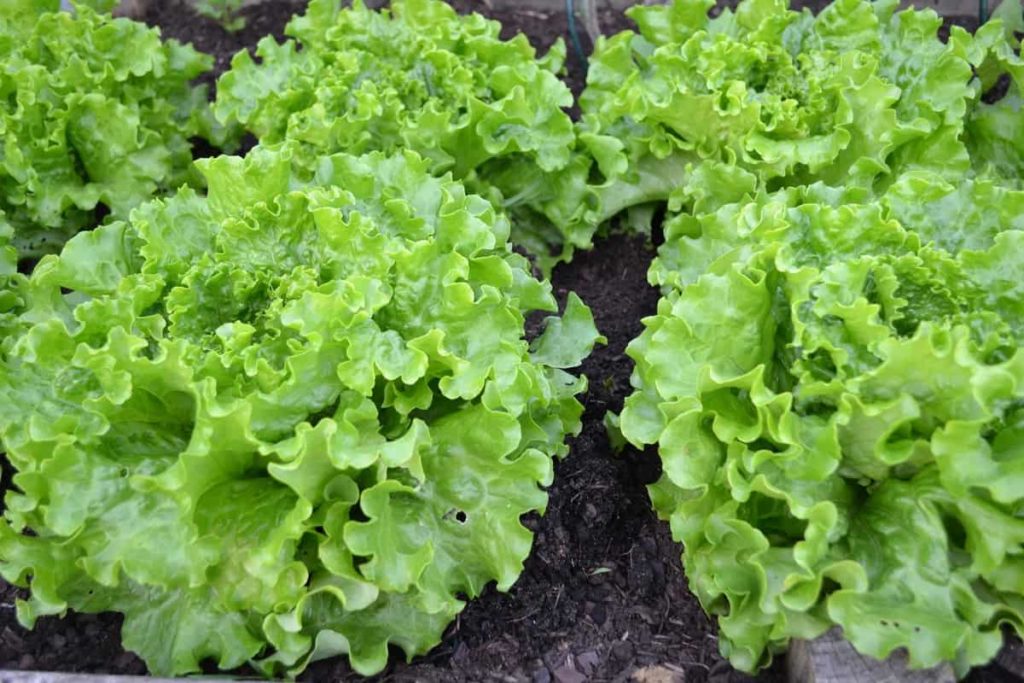
What planting zone is Illinois in?
Illinois’s middle location on the continent and its relatively long length contribute to the state’s distinct planting zones. The majority of the state has what is referred to as a humid continental climate, which is characterized by long, hot, and rainy summers and short, chilly winters. The existence of extremes can sum up both parts of the situation.
While the southern half has weather more typical of a humid subtropical climate, the northern half enjoys milder summers and humid continental temperatures. Thunderstorms occur over fifty days yearly in the state, much more than the national average. The typical yearly rainfall might be anything from 35 to 48 inches. It depends on where you are. Chicago gets 38 inches of snow a year, while the south gets 14 inches.
Illinois has seven growing zones, from the hottest (5a) to the coolest (7a). Discovering the various planting zones on the site where the garden will be built is a crucial first step in the planning process. If you want a great gardening season, stick to planting just those hardy plants in your planting zone or lower. The dates of the first and final frosts in each location are used to rank them.
What crops grow in the winter in Illinois?
There are two main types of vegetable crops: warm-season and cool-season. Common vegetables grown in gardens during the warm months include tomatoes, zucchini, peppers, eggplant, and cucumbers. Plants of the warm season are seeded or planted after the last chance of frost has gone in the spring. Popular cool-season crops include broccoli, peas, and carrots.
However, kale, kohlrabi, turnips, and Asian greens are quickly rising in popularity and should not be overlooked. If you’re eager to start gardening in early spring, don’t plant warm-season vegetables too soon. Use early spring for cool-season crops. They can flourish at the time of year when frosts and even snow are possible. Some vegetables grown during the cooler months, such as kale and brussels sprouts, can withstand temperatures far below freezing.
When can I plant flowers in Illinois?
The latest day of frost in the Chicago area is typically May 15. After that date, you can grow annuals, vines, herbs, and vegetables that thrive in warmer temperatures. Vegetables vulnerable to frosts, such as tomatoes, peppers, eggplants, and squash, are often not planted until Memorial Day. If you want your plant to have a bushy appearance, nip back the new growth by a third (except vines). Do not immediately plant your newly purchased annuals outside until you have ensured they have fully hardened off.
Planting annuals? Wait two weeks before giving them any food. Container gardens need annual additions of perennials, ornamental grasses, and roses. Before replanting, root-bound plants should be sliced in half, and the pieces should be flared out. Setting up a gentle trickle of water can assist migrating birds in maintaining their water supply. Many migratory birds, including warblers, orioles, tanagers, and buntings, are attracted to the small ponds by the faint pinging sound of water trickling over rocks.
What vegetables can I plant now in Illinois?
Fall gardening in Illinois
Some of your more exotic plants, such as those from the tropics, can be able to make it through the cold Illinois winters if you bring them indoors. Annuals like geraniums, purple fountain grass, and tropical plants like hibiscus and succulents are a few good examples. Then, of course, there are the summer bulbs like cannas, dahlias, gladiolus, caladiums, and elephant’s ears.
In case you missed it: Connecticut Vegetable Planting Calendar (CT): Month Wise, Fall, Winter, Spring, Summer, Zone 5, Zone 6, and Zone 7
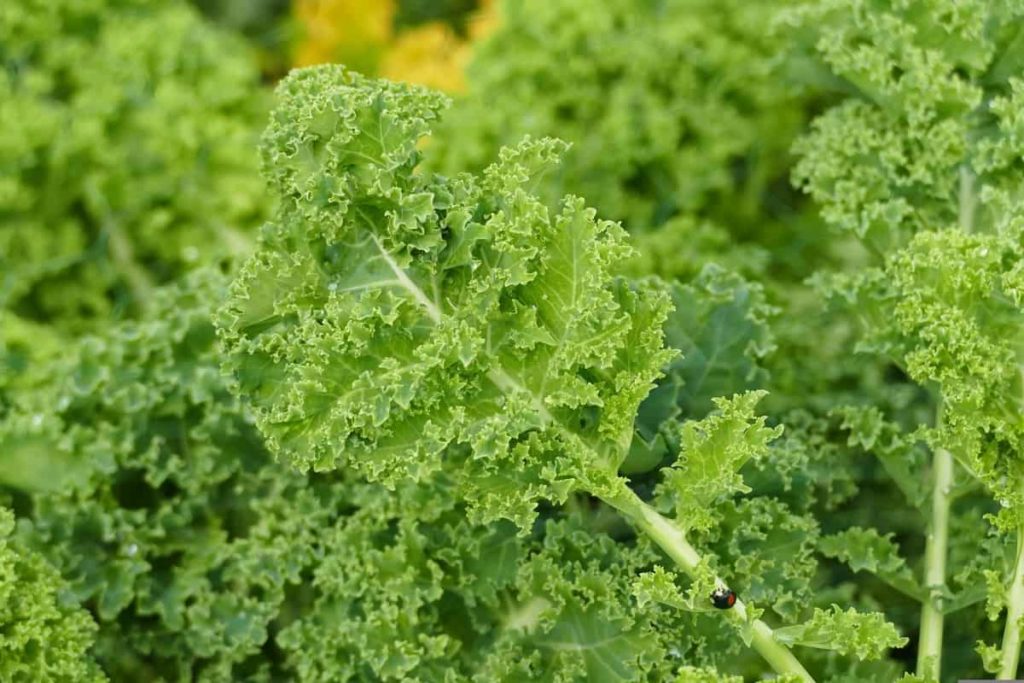
These should be pulled out and put away in a cool place until the spring when they can be planted again. Once the first frost has occurred, remove the plants from the beds so they can be reused for next year’s annual planting. To improve the soil, you may want to use compost, manure, or other organic elements. In southern Illinois, beets, endive, snap beans, broccoli, cauliflower, Chinese cabbage, cabbage, carrots, and summer squash vegetables can be harvested from July 24 to August 3.
In central Illinois from July 10 to 20, and in northern Illinois from June 25 to July 5, respectively. Southern Illinois (August 15-24), Central Illinois (July 10-20), and Northern Illinois (July 17-26) are the best times to harvest kohlrabi, mustard, leaf lettuce, turnip, and winter radish, respectively. Spring radishes, mustard greens, spinach, and leaf lettuce: Southern Illinois, August 8-17; Central Illinois, August 25-September 5; Northern Illinois, August 11-20.
Protecting freshly planted trees from animal damage throughout the winter may be necessary. If winter burn is widespread in your area, shield evergreens, especially exposed broad-leaved species, from drying wind and sun. Be careful to give evergreens a good soaking before winter, especially if rain has been scarce this autumn. This can also help lessen the severity of wintertime sunburn.
While you can trim trees and shrubs in the autumn, it’s best to wait until the plants are dormant. If you want many flowers the following season, you should prune your tree or shrub at the right time. Shrubs that bloom before June 15 are best trimmed just after they finish producing their flowers. After June 15, prune shrubs in the spring or fall before new flower buds grow.
Spring gardening in Illinois
Planting time for hardy crops begins as soon as the soil can be worked. That period typically spans from the middle of March through early April. Plan your planting times by the days it takes for each crop to mature. Planting hardy veggies in the spring requires temperatures of 32 degrees or above and can begin four to six weeks before the typical frost-free date. Brussel sprouts, onions, and peas are all hardy vegetables that are often eaten.
Half-hardy vegetables can normally be planted in Illinois from late March to early May. These include carrots, beets, lettuce, and cauliflower. Middle to early September is a good time to replant these crops. Except for the potato and the parsnip, which thrive in the springtime, most root vegetables should be planted in the fall. Knowing when to grow these veggies is just half the battle; mastery of crop selection, planting, and harvesting is crucial. Pay close attention to your root crops, broccoli, and greens.
In case you missed it: How to Start Brinjal Farming/Eggplant in West Bengal: Planting to Harvesting Guide for Beginners
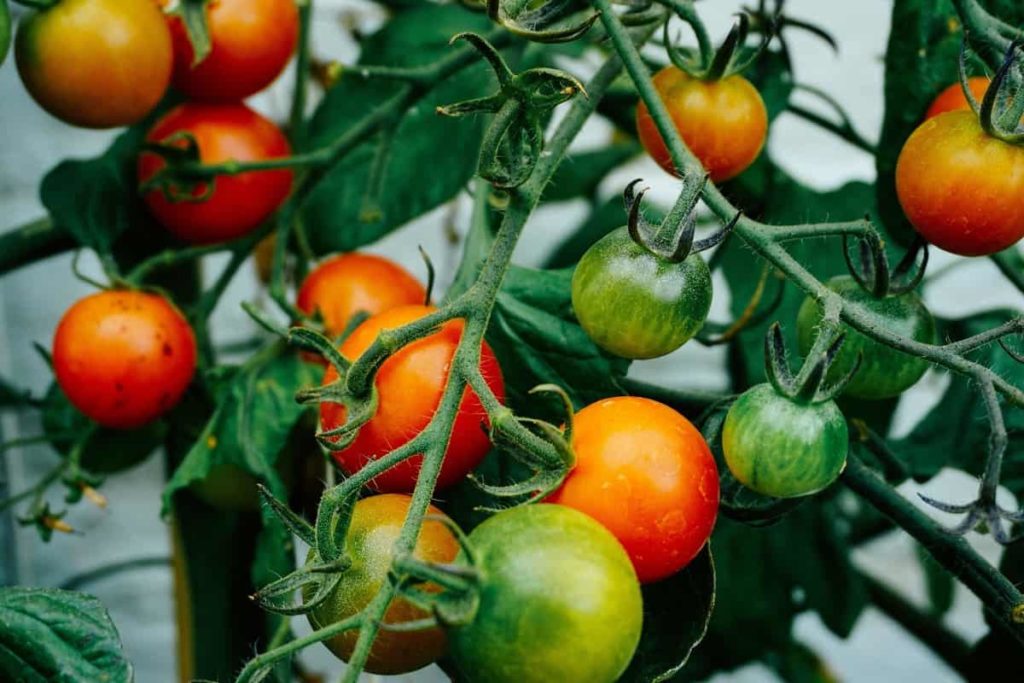
Plant seeds shallowly, between a quarter and a half an inch. Create a narrow ditch and scatter a few seeds along it. It’s best to thin seedlings to the appropriate spacing after they reach 1–2 inches in height, which can range from 1–4 inches, depending on the crop. Plants are harvested by being yanked out of the ground and having their tops trimmed off if required. Thinned-out sprouts and beet tops are both edible.
Planting methods for broccoli family crops include direct planting or utilizing transplants. Wide varieties of Brassica are better off being transplanted since they reach maturity sooner after being started. Follow the timing recommendations on the seed package or plant label to ensure a successful harvest. When the head develops, pick broccoli, cabbage, and cauliflower. Timing is crucial since it is easy for vegetables to become over-ripe, such as when broccoli starts to bloom.
Keeping the outer, ripe leaves of kale and collards picked throughout the summer and autumn ensured a steady vegetable supply. Direct seeding is a more cost-effective method for growing leafy greens. Spinach, mustard greens, and turnips are best when straight sown, but lettuce and Swiss chard may be transplanted. If you want a larger crop spread over more time, consider succession planting, which entails planting at intervals of two to three weeks.
Summer gardening in Illinois
Plants that thrive in high temperatures and humid conditions, such as tomatoes, peppers, maize, and okra, have their roots in the tropics. Unlike cool-season crops, which produce edible roots, stems, leaves, and buds, warm-season crops grow edible fruits. Below 50 degrees Fahrenheit, frost destroys these delicate crops, and they fail to thrive. Planting seeds or seedlings before this time in the spring or early summer is futile since neither the soil nor the air will be warm enough for them to germinate.
Plant warm-season crops approximately two weeks after your area’s typical last frost date. Many warm-season crops can be protected from frost using cold frames, row covers, and other season-extending technologies, allowing for gradual growth far into the autumn. Plant seeds for warm-season crops in the house.
Get a head start on the growing season by starting seeds inside, but don’t forget to harden off seedlings before transferring them to the garden. This is accomplished by gradually exposing them to the outside over a few days, preferably in partial shade as opposed to direct sunlight. Artichokes, maize, cucumber, okra, peanuts, eggplant, melons, sweet potatoes, tomatillos, peppers, squash, and tomatoes are a few common plants that thrive in the summer’s warm weather.
Winter gardening in Illinois
Vegetables that grow best in the cool months include cabbage, onions, potatoes, and anything else with a root, stem, leaf, or blossom that can be eaten. Soil temperatures between 40 and 75 degrees Fahrenheit are optimal for these plants. The seeds of cold-season vegetables are special because they sprout best in chilly soil. Practicing planting them as soon as the soil can be handled in the spring is common. That’s around two to four weeks before the final spring frost.
If the ground is still wet from winter or spring showers, wait until it dries up before planting. If you want to prevent seed or transplant rot, wait until the soil has dried. Plant tags and seed packets will detail the precise planting window for a certain veggie. A soil thermometer can be helpful if you want to jump on the season and plant your cool-season veggies early. The following are some crops that thrive in a range of temperatures:
In case you missed it: Tomato Farming Guide for Beginners: Production Techniques, Process, and Steps
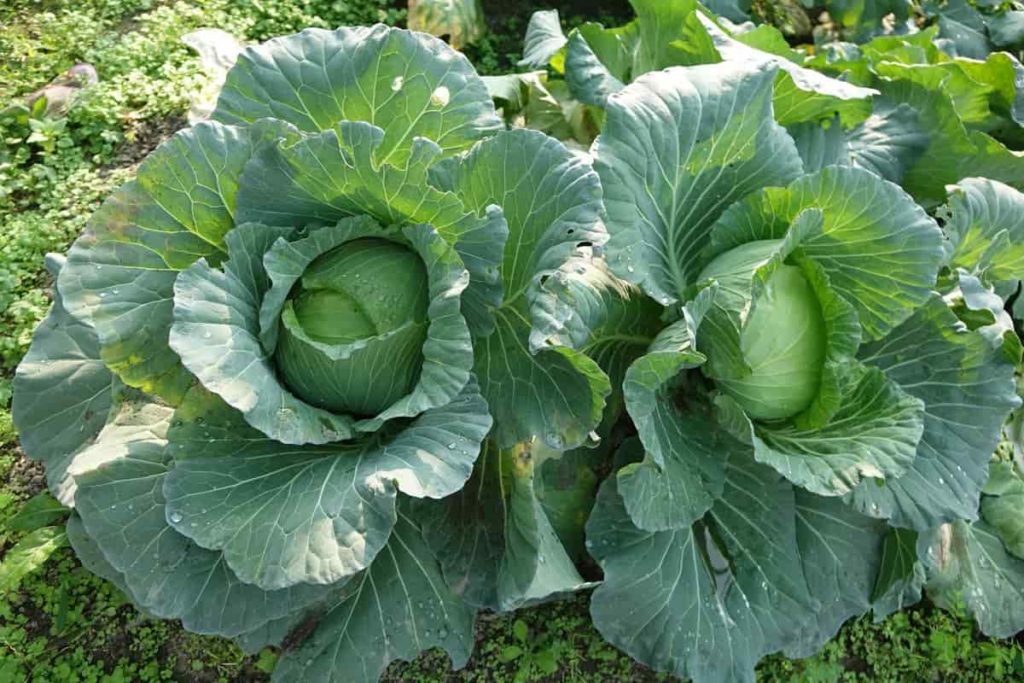
Plant arugula, kale, radicchio, lettuce, parsnips, peas, and spinach when soil temperatures reach 40 degrees Fahrenheit. Plant Chinese cabbage, Swiss chard, leeks, onions, and turnips when the soil temperature reaches 50 degrees Fahrenheit. Beets, Brussels sprouts, cabbage, broccoli, carrots, and cauliflower can all be planted at a soil temperature of 60 degrees Fahrenheit.
Compared to their warm-weather counterparts, cool-season varieties’ root systems and overall plant size are shallower and smaller. At 80 degrees Fahrenheit, they usually stop producing at the beginning of summer. However, you can plant cool-season veggies every two weeks in areas where the evenings stay chilly, resulting in a continuous harvest that lasts into autumn. There is a name for this method of planting: succession planting.
If you live in a warmer climate, you can get a head start on your winter crop by planting seeds or transplants of cool-season vegetables in late winter or early spring. Carrots, parsnips, and garlic are just a few examples of cold-hardy vegetables that may survive the winter in certain climates if they are buried in a thick layer of snow. To find out which veggies may survive extended periods of freezing, look for the term “frost-hardy.” Some plant species are also better able to withstand cold temperatures.
Illinois vegetable planting calendar
| Vegetables | Zone 5 | Zone 6 | Zone 7 |
| Beans | Mid May to Sep | May to mid-Oct | Apr to mid-Oct |
| Beets | Apr to June mid-July to mid-Oct | Mid Mar to June mid-July to mid-Oct | Mar to May Aug to Oct |
| Broccoli | Mid Mar to June July to Oct | Mar to mid-June mid-July to Oct | Mid Feb to May Aug to mid-Nov |
| Brussel Sprouts | Apr to Oct | May to Oct | Mid Apr to mid-Sep |
| Cabbage | Mid Apr to Oct | May to Oct | Mar to mid-June mid-July to Oct |
| Carrots | Apr to Jun Aug to mid-Oct | Apr to June Aug to Oct | Mar to mid-June Aug to Oct |
| Cauliflowers | Mid Apr to mid-Oct | Mar to mid-June | Mid Feb to May Aug to mid-Nov |
| Corn | Mid-May to mid-Sep | May to Sep | May to Aug |
| Cucumber | Mid-May to mid-Sep | May to Sep | May to Aug |
| Kale | Apr to June mid-July to Oct | Mid Mar to mid-Jun Aug to mid-Nov | Mar to May Aug to mid-Nov |
| Lettuce | Mid Apr to June mid-July to mid-Oct | Mid Mar to mid-June Aug to Oct | Mar to May Aug to Oct |
| Onions | Apr to Sep | Mid- Mar to Aug | Mar to Aug |
| Peas | Apr to June mid-July to mid-Oct | Mid Mar to May Aug to Oct | Mid Feb to mid-May mid-Aug to mid-Nov |
| Peppers | Apr to Sep | Mid Mar to Sep | Mar to Sep |
| Spinach | Apr to June mid-July to oct | Mar to June mid-July to oct | Mar to June Aug to mid-Nov |
| Squash | Mid May to Sep | May to Sep | May to mid-Oct |
| Tomato | Apr to Sep | Mid Mar to Sep | Mar to Sep |
Conclusion
Transplanting into the garden is the best option for several plants, including broccoli, lettuce, tomatoes, peppers, and cabbage. You can either grow these plants from seed at home or buy them already established. Do not grow or purchase tall, yellow, and slender plants. If you live in the following towns, cities, and counties of Illinois (IL) of Zone 5, Zone 6, and Zone 7 in the United States, this article may help understand the vegetable planting calendar and a month-wise chart along with planting seasons.
| Chicago | Skokie |
| Springfield | Lombard |
| Peoria | Elmhurst |
| Champaign | Elk Grove Village |
| Rockford | Northbrook |
| Naperville | Palatine |
| Joliet | McHenry |
| Elgin | Glenview |
| Schaumburg | Oak Park |
| Belleville | Tinley Park |
| Galena | Oak Brook |
| Evanston | Oak Lawn |
| Carbondale | Belvidere |
| Edwardsville | Rosemont |
| Plainfield | Berwyn |
| Moline | Romeoville |
| Crystal Lake | Carol Stream |
| Galesburg | Fairview Heights |
| DeKalb | Rock Island |
| Orland Park | Libertyville |
| Gurnee | Lockport |
| Des Plaines | Lake Forest |
| Waukegan | Niles |
| Kankakee | Central Illinois |
| Arlington Heights | Eastern Illinois |
| Wheaton | Western Illinois |
| Bolingbrook | Southern Illinois |
| Downers Grove | Northern Illinois |
- Aquaponic Farming at Home: A Step-By-Step Guide
- Profitable Village Farming Business Ideas in 2024
- High-Yield Aquaculture: Fast-Growing Fish for Farming
- Effective Fish Pond Construction Techniques for Beginners
- Irrigation and Water Management in Pineapple Farming
- Blossom to Harvest: Mastering Flowering and Pollination in Papaya Farming
- Pig Fattening Essentials: From Selection to Sale for Beginners
- Raising Wagyu Cattle: A Complete Guide for Premium Beef Production
- Soil Types and Their Water Holding Capacity
- Optimizing Irrigation Schedules for Coconut Groves for Enhanced Yield
- Espresso Your Garden: Coffee Grounds for Healthier Acid-Loving Plants
- The Best Soil Mix for Snake Plants: How to Mix Your Own Snake Plant Soil
- Green Thumb Success: Expert Tips for Cultivating Greenhouse Beans All Year Round
- Bloom All Year Round: The Ultimate Guide to Indoor Hyacinth Care
- Eco-Friendly Gardening: How to Make Liquid Fertilizer from Kitchen Waste
- Ultimate Guide to Grow Anise in Pots: Explore Seed Propagation to Harvesting
- Guide to Raising Chester White Pigs: Discover Breed Facts to Growth Management
- Mastering the Elegance: The Ultimate Guide to Weeping Cherry Tree Care, Planting, and Maintenance
- Ultimate Guide to Planting Garlic in Grow Bags: Growing Strategies for Beginners
- How to Fix Spider Plant Leaf-Related Problems: Natural and Organic Remedies
- 10 Reasons Why Your Tulsi Plant is Shedding Leaves: Home Remedies and Solutions
- Optimizing Growth and Yield: The Advantages of Palm Bunch Ash Fertilizer
- Utilizing Neem Oil Extract as a Natural Pesticide for Hydrangea
- From Soil to Harvest: Various Ways in Which Farmers Can Use AI Tools
- Steps to Encourage and Induce Citrus Flowers: A Comprehensive Guide
- How to Fix Snake Plant Leaf-Related Issues: Natural and Organic Remedies
- Transform Your Garden into a Fragrant Oasis with Raat Ki Rani (Night Blooming Jasmine)
- Discover the Ideal Chicken Breeds for Philippine Farms
- How to Create a Poultry Egg Farm Business Plan for Profits
- Grow Lemon Cucumbers Like a Pro: Insider Techniques for Bountiful Yields
- Ultimate Guide to Caring for Your Pink Princess Philodendron: Tips for Thriving Variegation
- Areca Nut Profit Per Acre: Calculating Yield and Cost of Cultivation
- How Kaveri Chicken is Becoming a More Profitable Breed in Indian Backyards
- Transform Your Barn: 9 Steps to Convert a Horse Stall into a Chicken Coop
- Exploring Suffolk Sheep Disadvantages with Limitations and Challenges
- Guide to Solving Potted Lemon Tree Problems: How to Revive Lemon Tree in Containers
